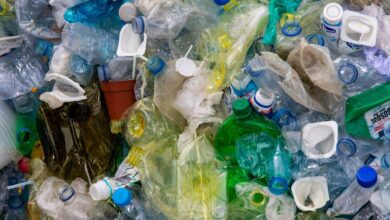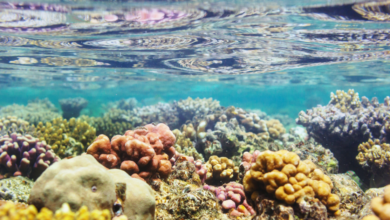We use different types of plastic in a lot of products, in many different applications. Can we really replace plastic with other alternatives that are more environmentally friendly or easier to recycle? When I was a kid, not so long ago (at least an evolutionary timescale), we had milk in glass bottles, delivered by a milkman and the emptied bottles picked up by the same milkman. Now it is plastic-lined cartons or plastic bottles, everything has to be used only once and disposed of. Why? The short answer is profit margins. It is time to set the clock backward, and forward, to get us out of the plastic dilemma by reducing the amount of plastics we produce and use.
Alternatives to Plastic
Glass

Made from sand, glass is 100% reusable and environmentally friendly, as it doesn’t leach out chemicals. Having said that, Americans only recycled 26.4% of the glass containers they used [1], but Europeans recycle an average of 73%. The Swiss, Swedes, and Danes, especially, recycle over 95% [2]. Maybe it is time to get Coke back into the ionic glass bottle; drinks do taste nicer from a glass bottle compared to a plastic one, as plastic leaches out chemicals. And, fun fact, the fiz keeps longer in a glass bottle; hence beer is usually not packaged in plastic.
Wood
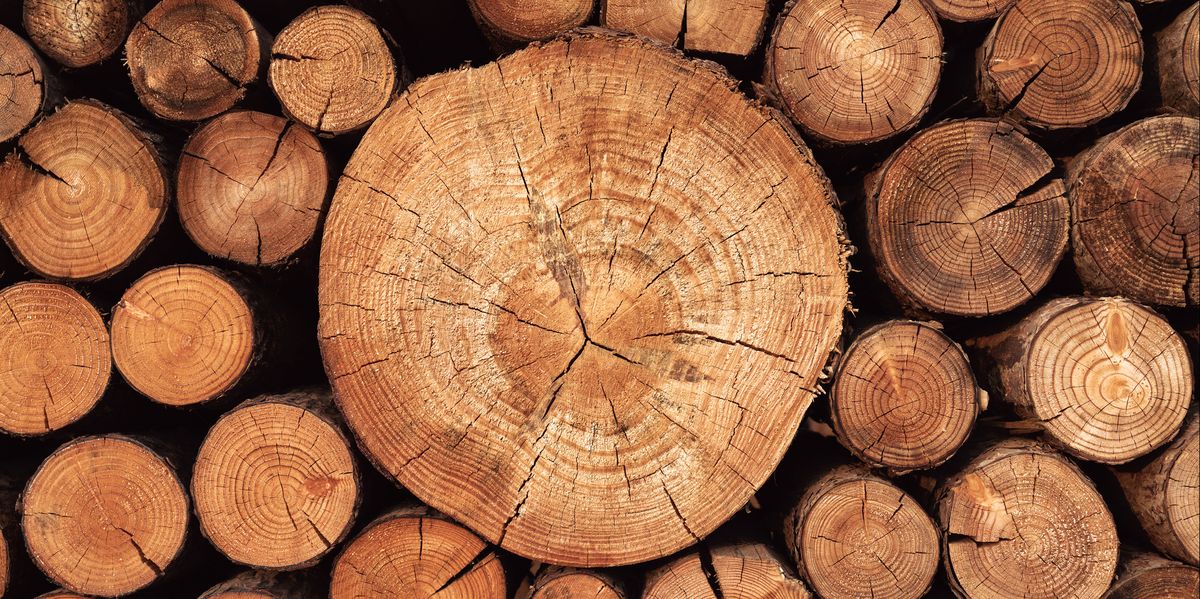
Markus Mannström, the executive VP of biomaterials at Stora Enso, a Finnish paper and pulp manufacturer, believes everything that is fossil fuel-based can be replaced by trees. The first step is mixing wood fibers with plastics in a 50:50 ratio which results in a material with the same property as plastic but with the look and feel of wood. There is also a waste product from the paper mills, lignin, which is the second most abundant natural fiber around. It could not only be used to replace carbon fibers but also replace synthetic polymers in clothing.
Mushrooms
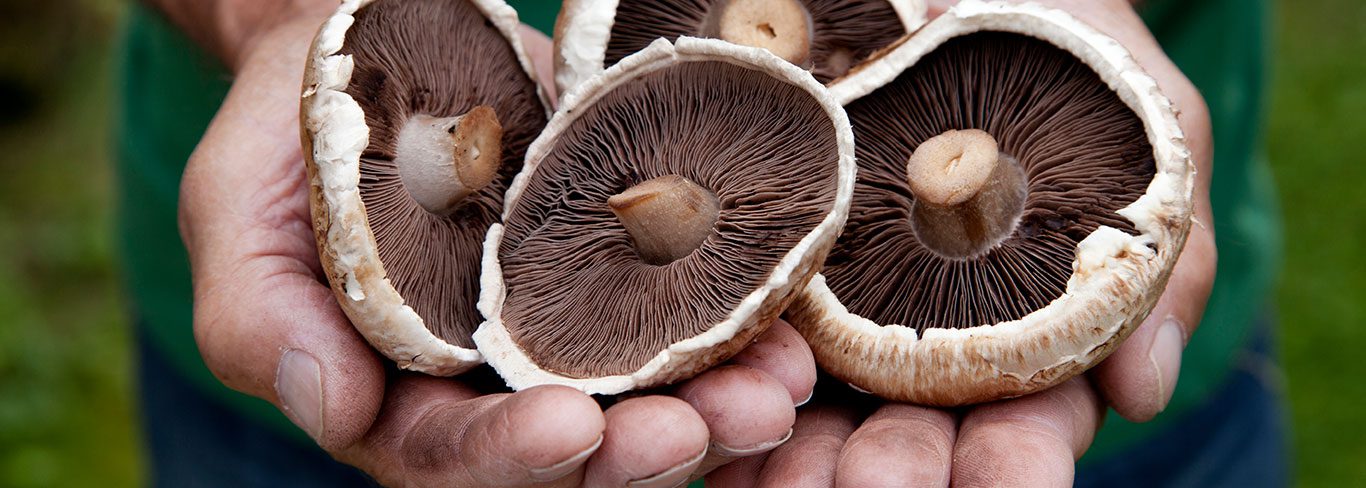
Yes, mushrooms, the things you put in your salad (at least I do). Mycelium can grow in various shapes and structures [3]. The mycelium is grown in bits of organic waste, digesting it and forming a white, fibrous root matrix. This substance is then transferred to molds in which the products are grown. The structures are dried out, resulting in a non-toxic and compostable product. An example of this is MycoFoam, a replacement for Styrofoam [4]. Also, Mylo “leather” could replace leather alternatives like polyurethane [5]. Will it catch on? We will have to wait and see.
Milk
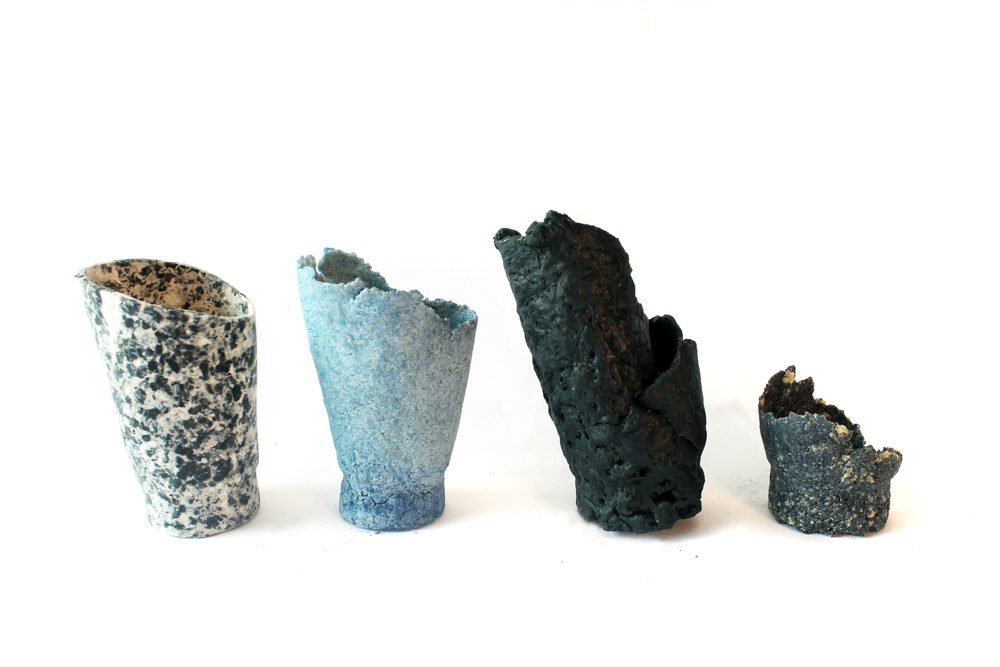
The one and same we used to have in the aforementioned glass bottles. Already patented in 1899, it was known that the casein protein in milk could be treated with formaldehyde to create a material to substitute ivory [6]. However, this material was too brittle and dissolved in water. To make the material more sturdy, an aerogel, formed by freeze-drying silicate clay (sodium montmorillonite), is infused with casein plastic [7]. Within 30 days more than 30% of the material biodegrades.
Conclusion
A few alternatives to fossil fuel-based plastics have been highlighted, some ready to be (re)implemented, others still in the developmental stage. Will these alternatives replace all of our plastic needs? No, these alternatives will never truly replace plastics and we would still need a viable and economical sound method to recycle existing plastic. But it is a good step towards our dependency on plastics and to keep plastic consumption growth in check. Remember, we need to be able to recycle or (bio)degrade plastics, not drown in them. And that is why research in alternatives is important, as a way to stem the growth of new plastic production.
Plastic Alternatives FAQs
What are 5 alternatives to plastic packaging?
There are several alternatives to plastic packaging that are more sustainable and environmentally friendly. Here are five examples:
- Paper Packaging: Paper is a renewable resource and can be easily recycled or composted. It can be used for various packaging purposes, including boxes, bags, and wrapping.
- Glass Packaging: Glass is highly recyclable and can be reused multiple times without losing its quality. It is commonly used for food and beverage packaging, providing an excellent alternative to plastic bottles and jars.
- Biodegradable Packaging: Biodegradable materials, such as certain types of plant-based plastics or natural fibers, break down more easily in the environment, reducing their impact on ecosystems.
- Metal Packaging: Metals like aluminum and steel can be recycled indefinitely without losing their properties. They are commonly used for canned goods and other durable products.
- Compostable Packaging: Compostable materials, such as bioplastics derived from renewable resources, can be broken down into organic matter under specific conditions. They offer a viable alternative to traditional plastic packaging, especially for items with a limited lifespan.
What are the 3 alternatives to single-use plastics?
Single-use plastics are a significant source of pollution and environmental damage. Here are three alternatives that can help reduce reliance on single-use plastics:
- Reusable Containers and Bottles: Using durable containers and bottles made of materials like stainless steel or glass allows you to eliminate the need for single-use plastic containers. These can be washed and reused multiple times, significantly reducing waste.
- Biodegradable or Compostable Utensils: Instead of using disposable plastic cutlery, consider using utensils made from biodegradable materials, such as bamboo or compostable plant-based plastics. These alternatives break down more easily in the environment, reducing their environmental impact.
- Cloth or Reusable Bags: Rather than relying on plastic bags for shopping, opt for cloth or reusable bags made from materials like cotton or canvas. These bags are sturdy, durable, and can be used multiple times, reducing the amount of plastic waste generated.
What are the 3 alternatives to plastic bags?
Plastic bags are a major contributor to pollution and pose significant threats to wildlife and ecosystems. Here are three alternatives to plastic bags:
- Reusable Cloth Bags: Cloth bags made from natural or synthetic fibers can be used as a durable and reusable alternative to plastic bags. They are available in various sizes and can be easily folded and carried with you when shopping.
- Paper Bags: Paper bags are an alternative to plastic bags, especially for lightweight items. Look for bags made from recycled paper or from sustainable forestry practices to minimize environmental impact. Remember to recycle them after use.
- Biodegradable or Compostable Bags: Biodegradable or compostable bags are designed to break down more easily in the environment compared to traditional plastic bags. These bags are typically made from plant-based materials, such as cornstarch or potato starch, and offer a more eco-friendly option for bagging groceries or other items. It is important to dispose of them properly to ensure they can break down as intended.
References
- United States Environmental Protection Agency
- feve.org
- Company Uses Mushrooms to Grow Plastic Alternatives
- Ecovative Design Packing
- Bolt Threads
- British Plastic Federation – A History of Plastics
- Biodegradable foam plastic substitute made from milk protein and clay




